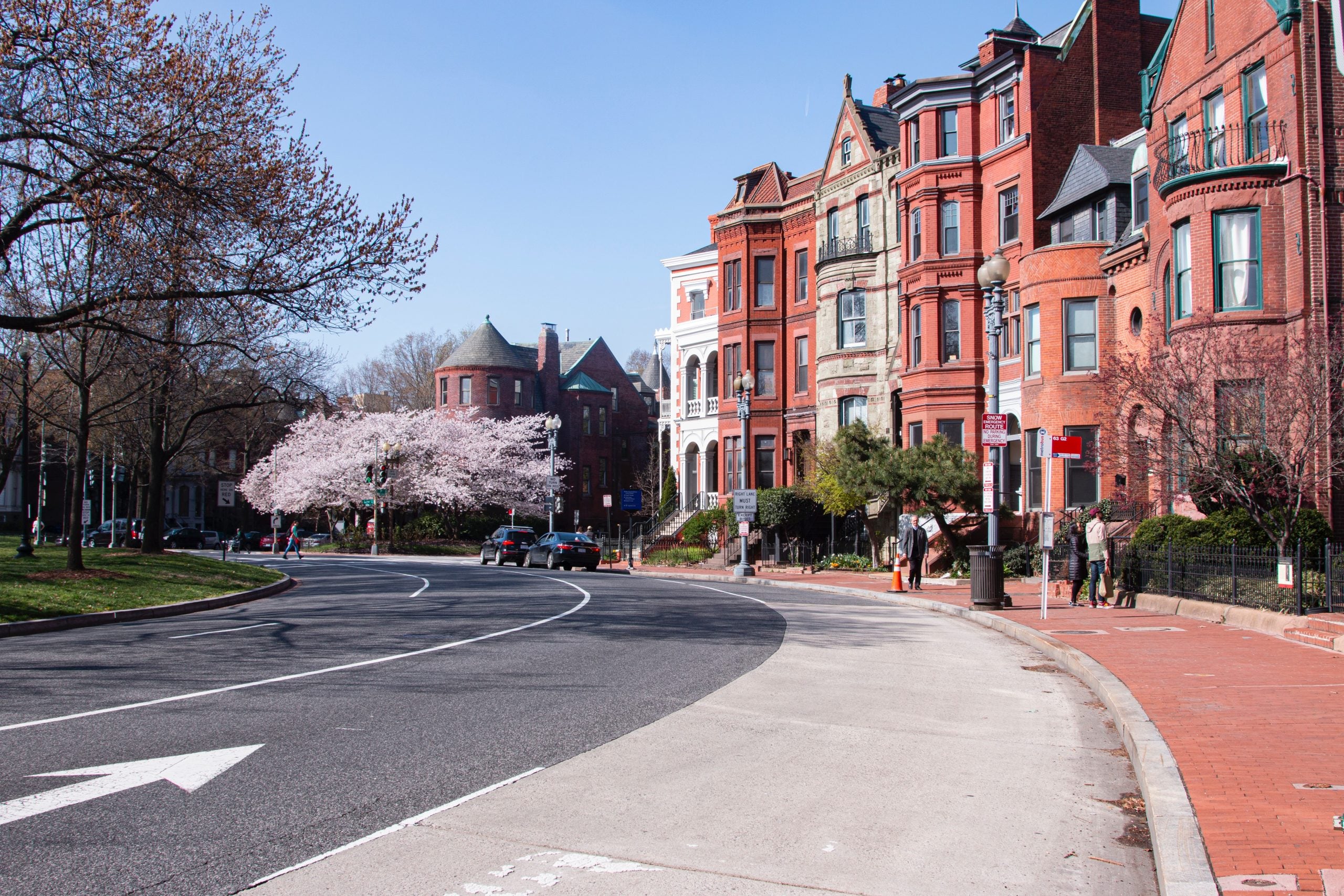The results are in: How DC’s innovative flexible rent subsidy program is decreasing the need for homelessness support programs
Many families are one shock away from falling behind on rent and becoming homeless. The DC Flexible Rent Subsidy Program is being piloted as a tool to help support currently housed families.
In 2017, the Washington DC City Council used local funds to establish a pilot program, the DC Flexible Rent Subsidy Program (DC Flex), a new and innovative housing subsidy which offers eligible, low-income families ,200 per year in rental assistance.
To measure DC Flex’s effectiveness on homelessness and housing stability, the US Department of Housing and Urban Development (HUD) funded a research study on the program in its first year of implementation, prior to the onset of the COVID-19 pandemic.
Maria Alva , an assistant research professor at the McCourt School’s Massive Data Institute and a Senior Social Scientist with The Lab @ DC, helped lead the research team. Alva was joined by McCourt alum Mychal Cohen (MPP’15), now a research associate at the Urban Institute, who led the qualitative portion of the study.
What the District of Columbia learned about DC Flex in its first year:
1. 668 families entered the program lottery, and 229 randomly selected families were invited to participate.
2. Among the invited families, only 45% remained eligible from the time of application to the time of enrollment. An unknown number of participants was eligible but turned down the program.
3. 42% of participants exhausted all of their DC Flex dollars by their ninth month in the program. 59% of participants spent the full ,200 over the course of the year.
4. While the flexible subsidy did not lower homelessness rates, the use of other homelessness support programs decreased significantly (-29%). For example, fewer DC Flex families accessed Rapid Re-Housing, a widely-used program that provides short- to medium-term rental assistance and support to unhoused families.
5. Among the 102 participating families, 88% opted to re-certify for a second year. The Urban Institute found that 94% of the participating families surveyed were satisfied with the program.
Alva points to two unique elements of DC Flex which make programs like it more appealing to major cities. The first, she says, is “giving money directly to participants, directing power to the tenant rather than to the landlord. This is unheard of at the local or federal level.” Alva added that “most of the participating families didn’t have an active credit history,” leaving them unable to access the financial system, which can be a major barrier to financial literacy and independence.
According to Alva, another benefit of the program is its “very low administrative burden.” DC Flex requires a “low level of coordination, which means less involvement from other associated services or intermediaries, and less financial burden on the city. For participants with low needs, this might work well.”
The report’s findings suggest that this model of assistance holds promise, and the researchers hope that providing documentation of DC’s approach to program design and implementation will create a strong blueprint for other communities that may wish to establish a similar program.
